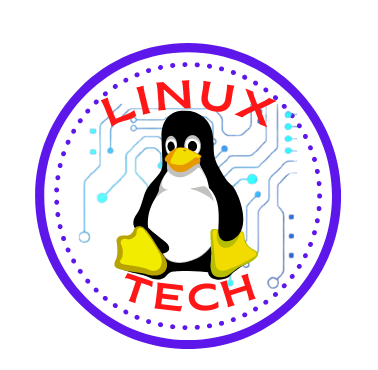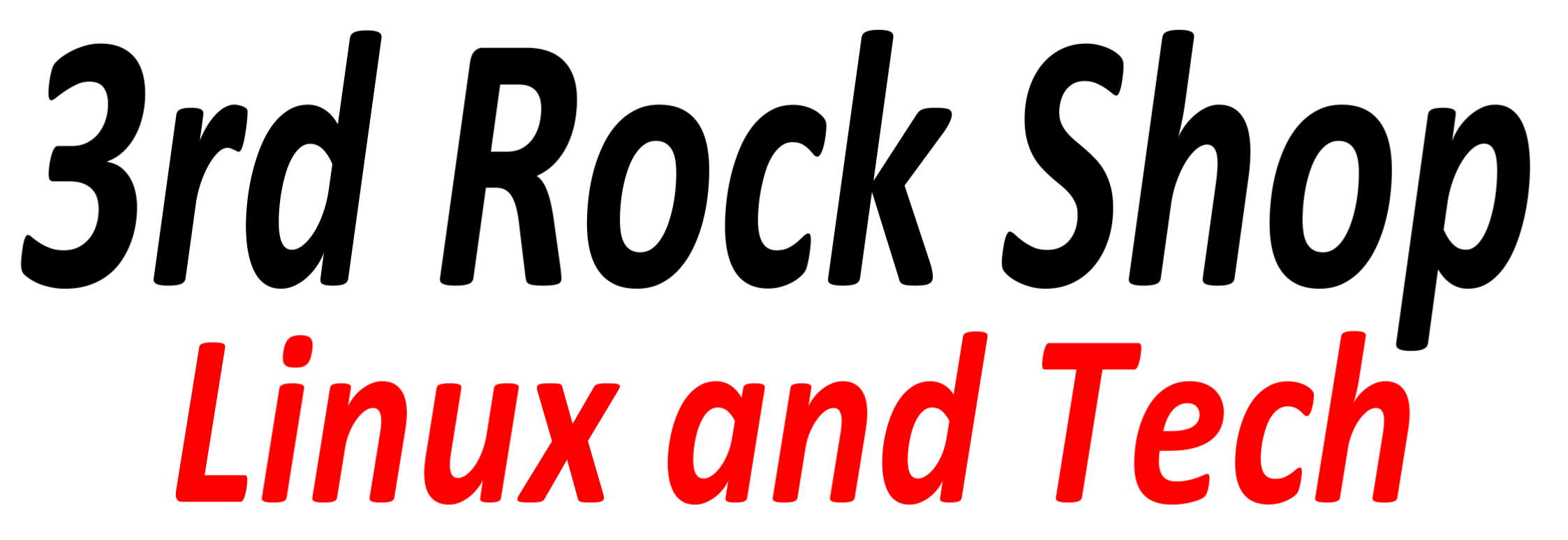Linux in Entertainment
2 min readLinux is being used in the entertainment industry in various ways. While proprietary operating systems like Windows and macOS dominate the consumer market, Linux has found a niche in specific areas of the entertainment industry where its flexibility, security, and cost-effectiveness provide significant advantages. Here are some ways Linux is utilized in the entertainment sector:
Animation and Visual Effects (VFX): Linux is widely used in the animation and VFX industry. Many animation studios, including major players like Pixar and DreamWorks Animation, use Linux-based workstations and render farms to create high-quality animated films and visual effects. Linux’s stability and performance make it well-suited for handling resource-intensive tasks in the rendering process.
Video Editing and Post-Production: Linux-based video editing software, such as Lightworks and Kdenlive, offer professional-grade tools for video editing and post-production. These applications provide advanced features for cutting, color grading, special effects, and compositing, making them popular choices for independent filmmakers and video editors.
Game Development: Linux is increasingly used in the game development industry. Game developers leverage Linux for coding, version control, and testing, especially when targeting Linux and other open-source platforms. Additionally, game engines like Unreal Engine and Unity support Linux for developing games that run on multiple platforms.
Streaming Services and Content Delivery: Linux is employed in the backend infrastructure of many streaming services and content delivery networks. Linux-based servers efficiently handle the distribution of multimedia content, ensuring smooth and reliable streaming experiences for users.
Digital Audio Workstations (DAWs): Linux-based DAWs cater to musicians and audio professionals who require powerful audio recording and editing tools. Applications like Ardour and Qtractor provide feature-rich platforms for music production, mixing, and mastering.
Home Media Centers: Linux distributions like Kodi (formerly XBMC) and Plex turn Linux-powered devices into sophisticated home media centers. These media center applications enable users to manage and stream multimedia content across multiple devices within their home network.
Digital Signage and Displays: Linux is commonly used in digital signage solutions for commercial displays and interactive kiosks. Linux-based systems provide a stable and secure platform for delivering dynamic content in retail, hospitality, and public spaces.
Live Events and Broadcasting: Linux is utilized in live event production and broadcasting setups. Broadcasting studios and live event production companies often use Linux-based video servers, control systems, and encoding solutions for delivering live content.
While Linux may not be as widely recognized in the entertainment industry as some other operating systems, its presence is notable in specific domains where its advantages align with the needs of professionals. Linux’s use in animation, visual effects, video editing, game development, and streaming services highlights its versatility and reliability in content creation and delivery. As the entertainment industry continues to evolve and embrace new technologies, Linux’s role is likely to expand, further cementing its place as a valuable tool in the creative world.

